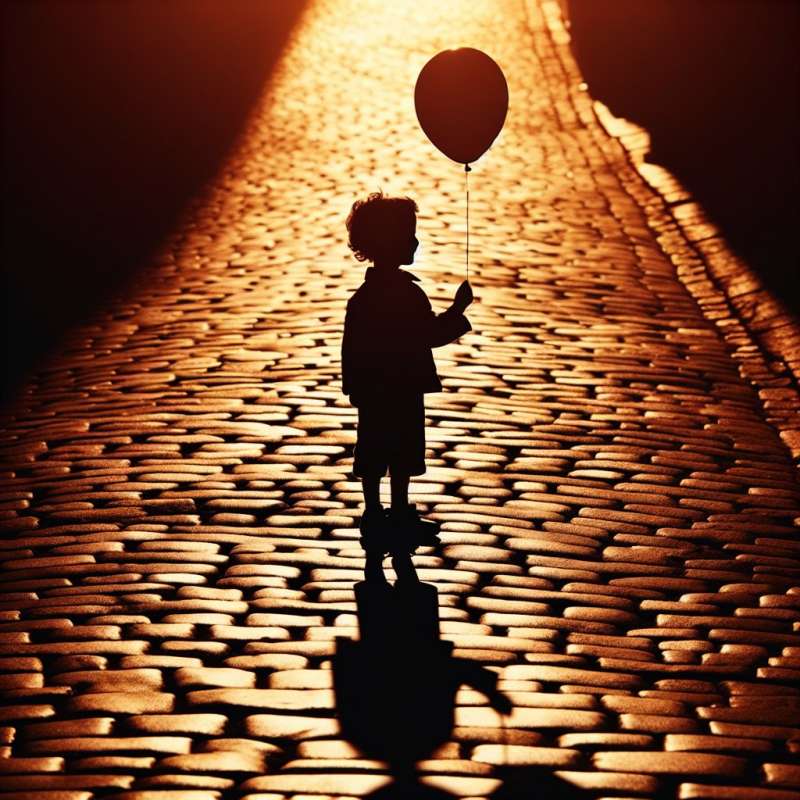
The Nature of Light
Cinematography begins with understanding light's properties: intensity, color temperature, and quality. Light shifts from soft to hard, affecting shadows and mood. The sun provides a natural Kelvin scale, guiding artificial light choices for scene consistency.
Dynamic Range Importance
Dynamic range—the contrast between darkest and brightest areas—crucially impacts mood and depth. Cinematographers harness dynamic range to emphasize emotions, using high contrast for drama or a flatter profile for a subdued feel.
Color Temperature's Role
Color temperature, measured in Kelvins, influences a scene's emotional tone. Warm lights (orange hues, lower Kelvin) evoke coziness, while cool lights (blue tones, higher Kelvin) suggest a detached or somber ambiance.
Lighting Ratios Unveiled
Key to fill light ratio—ratio of the main light to the secondary light—determines visual depth and volume. A 1:1 ratio flattens features, while a high ratio sculpts the subject, creating drama.
Three-Point Lighting
The classic three-point lighting system, composed of key, fill, and backlights, models subjects three-dimensionally. This foundational technique separates subjects from backgrounds, revealing texture and contours in a controlled manner.
Motivated Lighting Revealed
Motivated lighting mimics natural sources like windows or lamps within the scene, creating a believable space. It guides the audience's attention subtly, anchoring the narrative in a relatable visual reality.
Shadow's Narrative Power
Shadows sculpt scenes, suggesting mystery or fear, or alternatively, clarity and safety. Cinematographers craft shadows through negative fill or flagging, manipulating viewer perceptions and enhancing storytelling without a single line of dialogue.Light's Speed Anomaly
Light slows down in certain materials, like glass or water, surprising even seasoned cinematographers with its variable speed, challenging assumptions about its constant velocity.
What affects light's mood?
Intensity, temperature, quality
Dynamic range solely
Three-point lighting only
Company